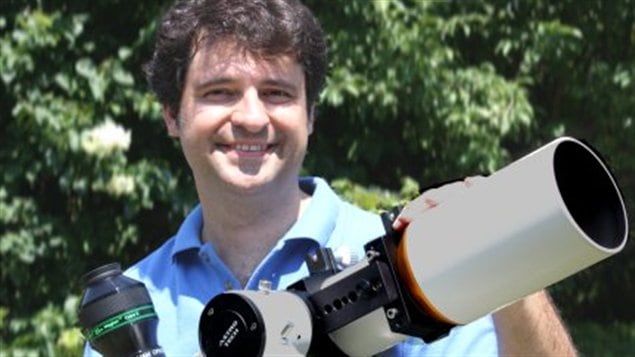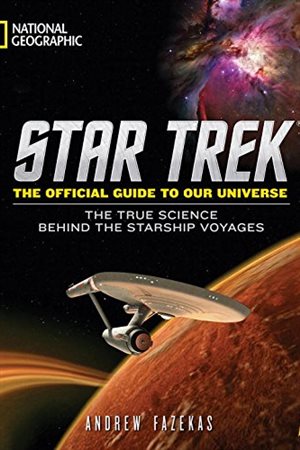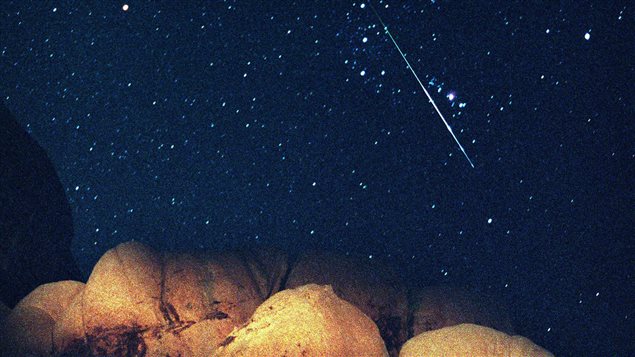This week the Perseid meteor shower could provide double the number of shooting stars normally seen at this time of year. Computer models suggest the earth is entering a particularly dense cloud of particles shed by the Swift-Tuttle comet.
“Every time a comet comes by the sun in the solar system…it melts and then it sheds a lot of material. That’s what forms the comet’s tail,” says The Night Sky Guy, Andrew Fazekas, author and space columnist for National Geographic News.
‘Particles slam into earth…at incredible speeds’
Earth slams into the debris which is made up of particles the size of a grain of sand. “These particles slam into earth’s atmosphere at incredible speeds—we’re talking over 100,000 km per hour and more,” he says.
“These particles burn up in earth’s atmosphere because of their extreme speeds and we see it as a streak of light in the night sky.”
Listen
A most popular meteor shower
These meteor showers happen often during the year, but the density increases in August making it about the most popular time for people to look for shooting stars.
Viewing in Canada will be best in the night between August 11th and 12th. Fazekas suggests people find a place that is clear of building and trees—perhaps a meadow—and one that lacks artificial light which makes it harder to see the sky.
Best viewed with the naked eye
No telescopes are needed, just the naked eye and a blanket to lie down on. Fazekas ends his conversation with the wish for “clear skies” so people can see what he calls “the cosmic fireworks show” and other wonders of the night sky.
Book outlines the science behind Star Trek
Andrew Fazekas, the “Night Sky Guy,” will be at Canada’s Aviation and Space Museum in Ottawa Thursday, August 12, 2016, to launch his book Star Trek: The Official Guide to Our Universe published by National Geographic.








For reasons beyond our control, and for an undetermined period of time, our comment section is now closed. However, our social networks remain open to your contributions.